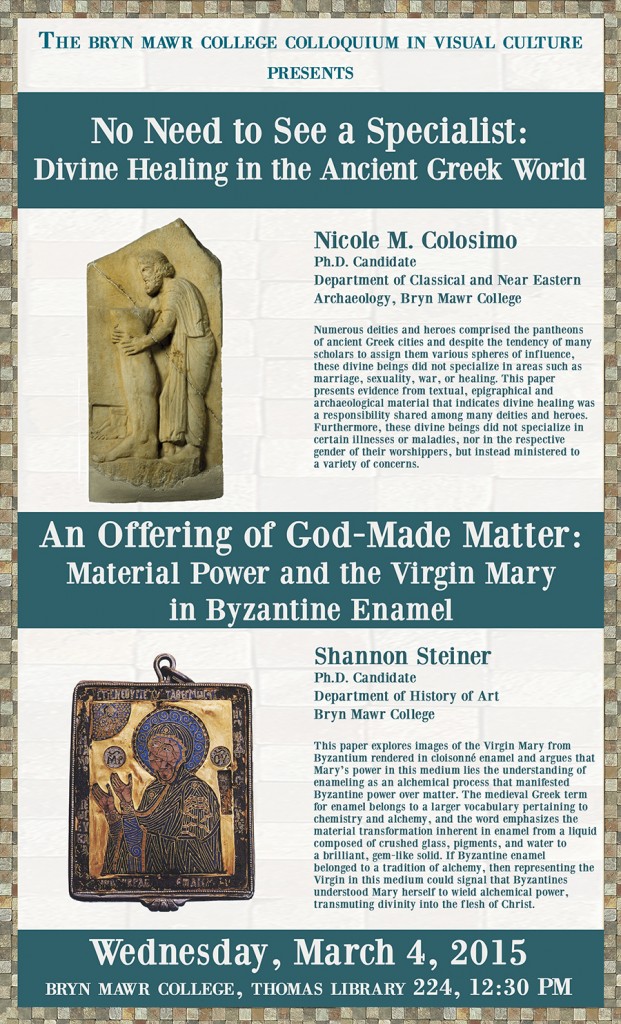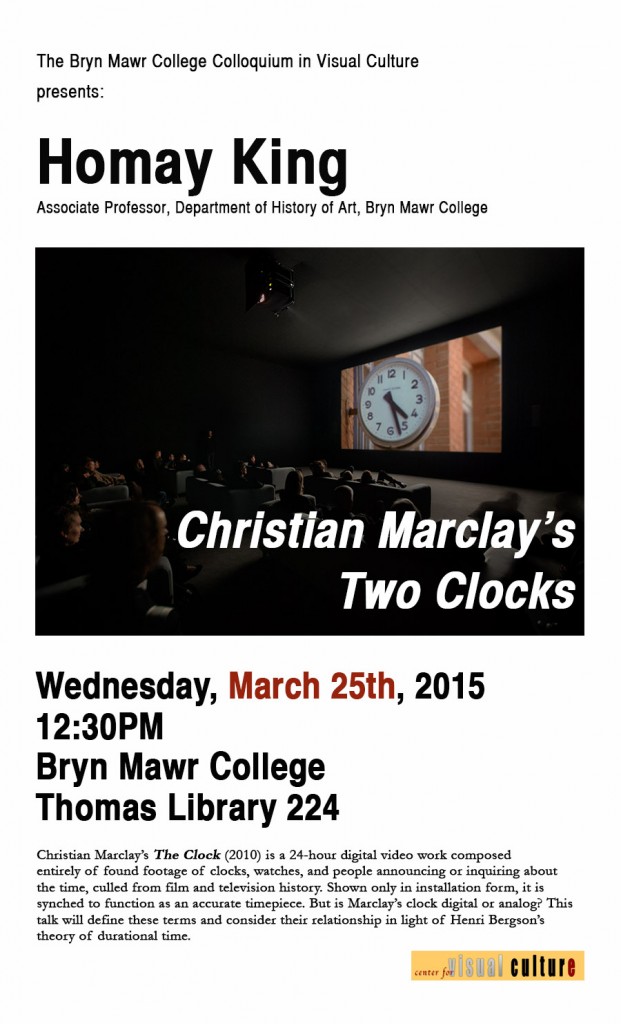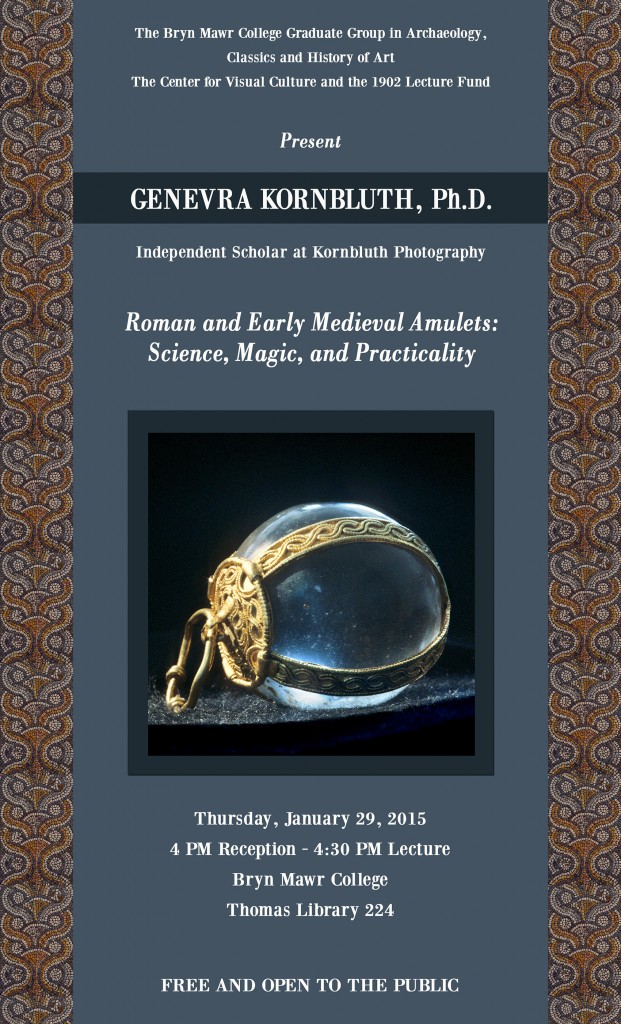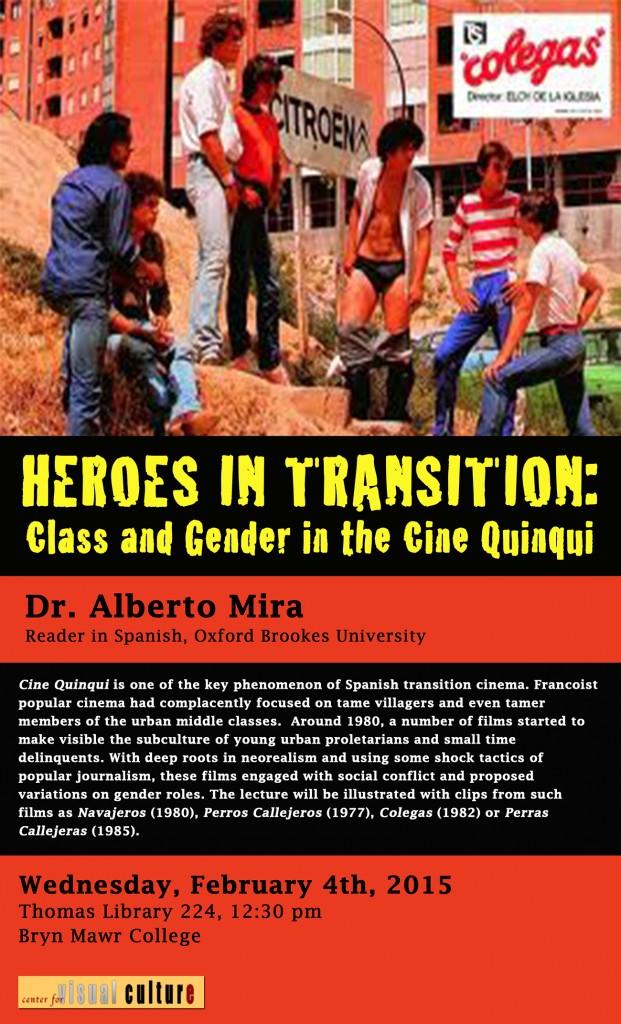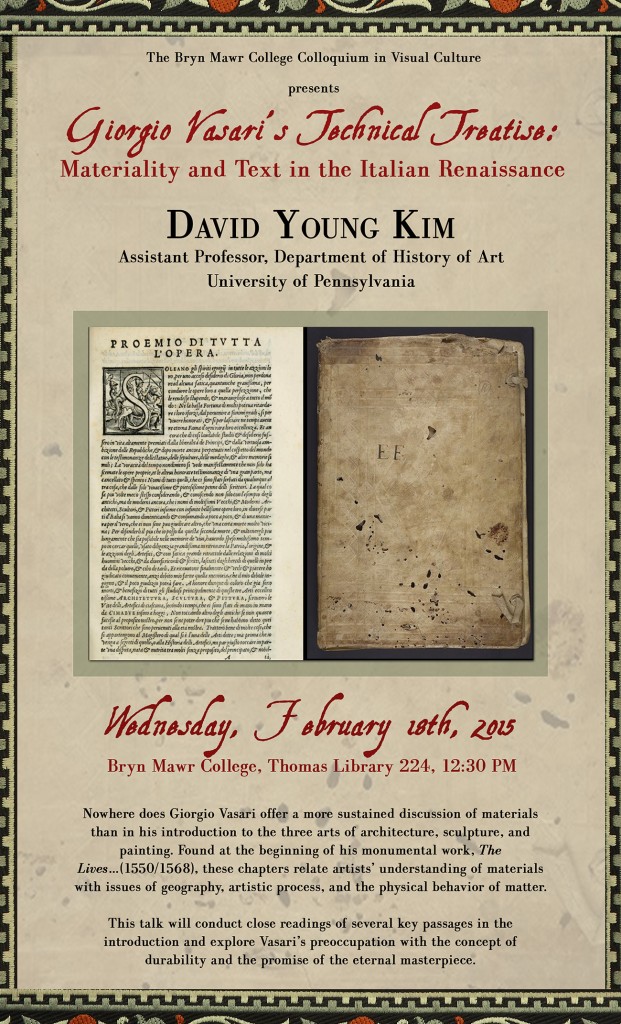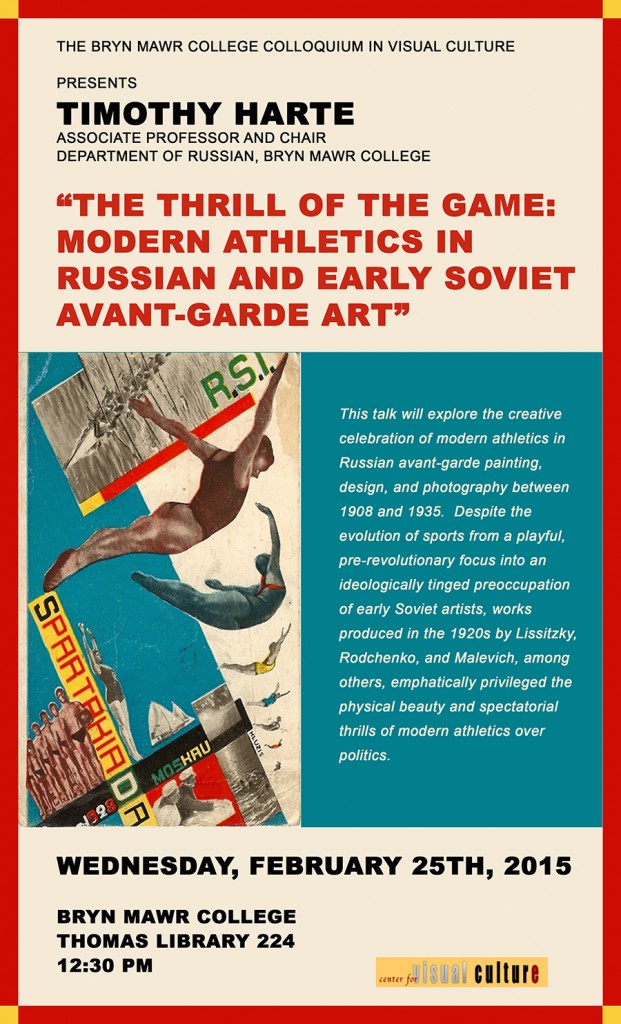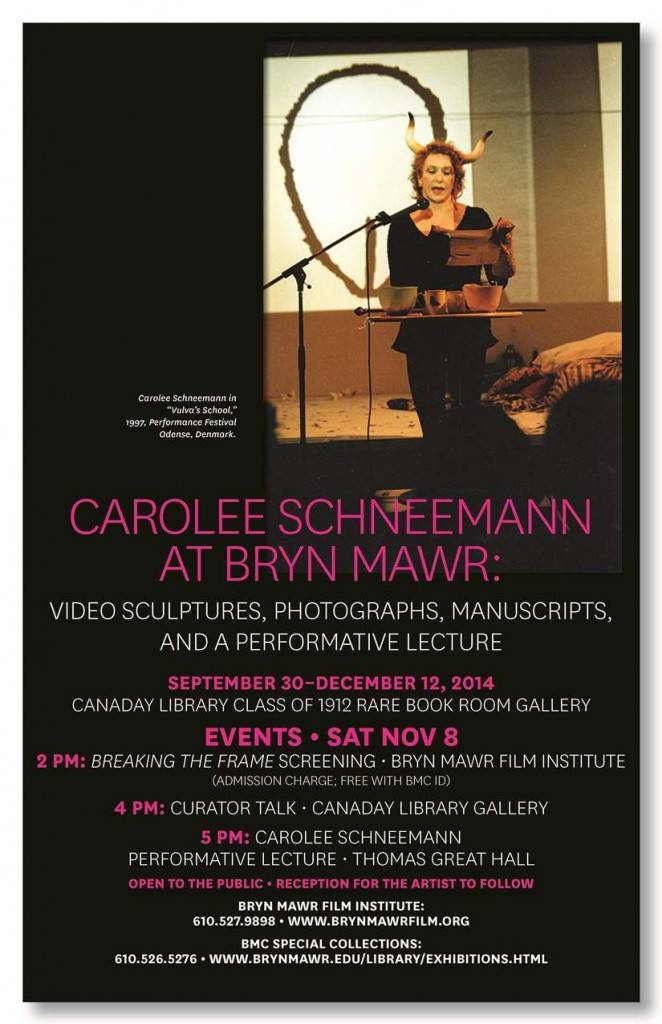Nicole M. Colosimo
Department of Classical and Near Eastern Archaeology, Bryn Mawr College
Member of the Archaeological Institute of America
“No Need to See a Specialist: Divine Healing in the Ancient Greek World”
Numerous deities and heroes comprised the pantheons of ancient Greek cities and despite the tendency of many scholars to assign them various spheres of influence, these divine beings did not specialize in areas such as marriage, sexuality, war, or healing. This paper presents evidence from textual, epigraphical and archaeological material that indicates divine healing was a responsibility shared among many deities and heroes. Furthermore, these divine beings did not specialize in certain illnesses or maladies, nor in the respective gender of their worshippers, but instead ministered to a variety of concerns.
Shannon Steiner
Department of History of Art, Bryn Mawr College
“An Offering of God-Made Matter: Material Power and the Virgin Mary in Byzantine Enamel”
This paper explores images of the Virgin Mary from Byzantium rendered in cloisonné enamel and argues that Mary’s power in this medium lies the understanding of enameling as an alchemical process that manifested Byzantine power over matter. The medieval Greek term for enamel belongs to a larger vocabulary pertaining to chemistry and alchemy, and the word emphasizes the material transformation inherent in enamel from a liquid composed of crushed glass, pigments, and water to a brilliant, gem-like solid. If Byzantine enamel belonged to a tradition of alchemy, then representing the Virgin in this medium could signal that Byzantines understood Mary herself to wield alchemical power, transmuting divinity into the flesh of Christ.
